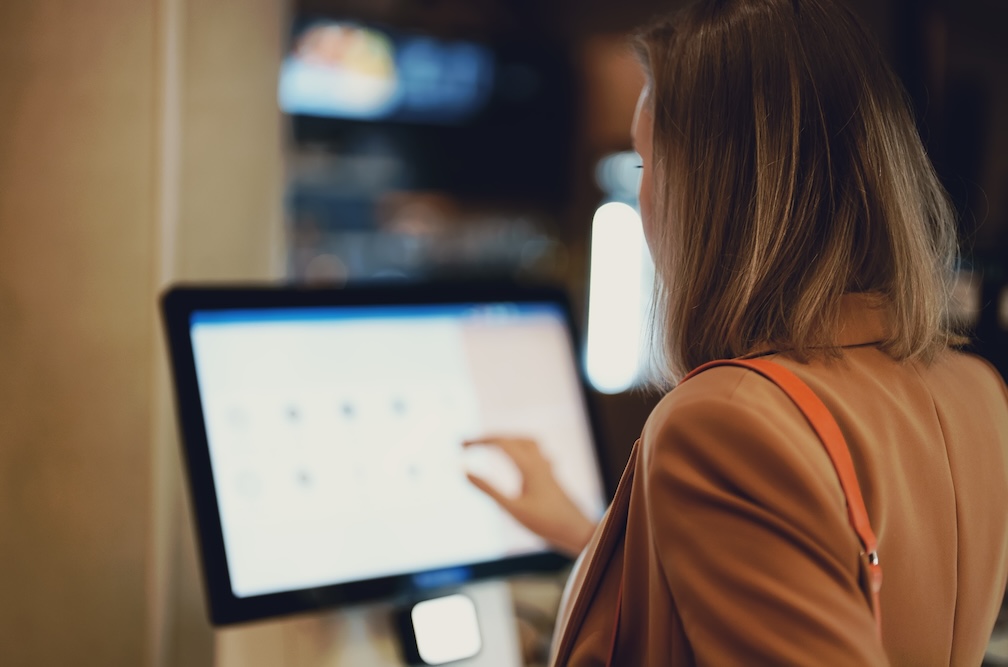As a restaurant owner, you might feel you’ve got bigger fish to fry than worry about what operating system your POS runs on. It might not even be something you’ve ever thought about before.
If that’s the case, it’s likely because, for decades now, there hasn’t really been a choice. Since electronic, computer-based POS systems first emerged, Microsoft Windows has dominated the market. Certainly for off-the-shelf POS products, Windows has long been the default. And few thought any more about it.
But that is changing. In the past few years, POS systems run on Android have grown in popularity. Android POS appeals to small businesses in particular because it is incredibly user-friendly (just think of all those billions of people using Android smartphones), it plays nicely with other systems, and it’s also very cost-effective.
We’ve seen a particular surge of interest in Android POS in the restaurant industry. Let’s unpick how those benefits chime with restaurant owners.
Ease of Use
It’s hard to imagine anyone not being familiar with the Android interface these days. Even for iPhone users, iOS is so similar that the two are more or less interchangeable. They kind of have to be. With limited screen space, smartphones have to be very easy and intuitive to use. The heavy use of icons and tap-and-swipe navigation are more or less the same across all mobiles because that’s the easiest way to do it.
It also makes Android-based POS systems easy to use. And that’s great news for a restaurant business. It reduces the learning curve when you take on new staff, because they’ll already know the basic layouts and navigation. The highly intuitive graphic interface helps to reduce errors (again it’s just a matter of tapping and swiping). And Android is also designed for touchscreens, which is what most modern POS systems have.
Interoperability
Modern restaurants rely on multiple digital tools, from inventory management to customer relationship management (CRM) and analytics. Android is a great operating system for pulling different platforms to work together for three reasons.
One, you can find and download apps from Google’s massive Play Store and have them set up and functional in seconds. Play Store has thousands of business-focused apps to choose from. It’s just about the easiest way to access new software going.
Two, Android makes it very easy to create customized workflows so all your apps work together the way you want them to. From order taking to table management to payment processing, you can have all the tools your staff need set up to work together seamlessly. This is also great for restaurants that offer dine-in, takeout and delivery services, and want to easily combine customer touchpoints.
And three, Android POS systems also work seamlessly with other Android-based devices. This is a big attraction if you are considering rolling out tablets for tableside ordering.
Cost Efficient
Finally, as an open source operating system, Android can be used and customized for different devices and purposes without having to worry about expensive licensing fees. That makes Android devices very cost-effective, which is a big attraction to restaurants operating on tight margins. In addition, thousands of useful apps available through the Play Store are either free or very cheap to download.
Conclusion
Switching to an Android POS system is a strategic move for restaurants looking to improve efficiency, save money, and future-proof their operations. With lower costs, an easy-to-use interface, and seamless integration with other tools, Android POS systems offer a modern solution tailored to the demands of today’s restaurant industry. Whether you run a small café or a multi-location chain, investing in an Android POS system can help streamline operations and enhance the customer experience.
Get in touch with the Oxhoo team to find out more.
